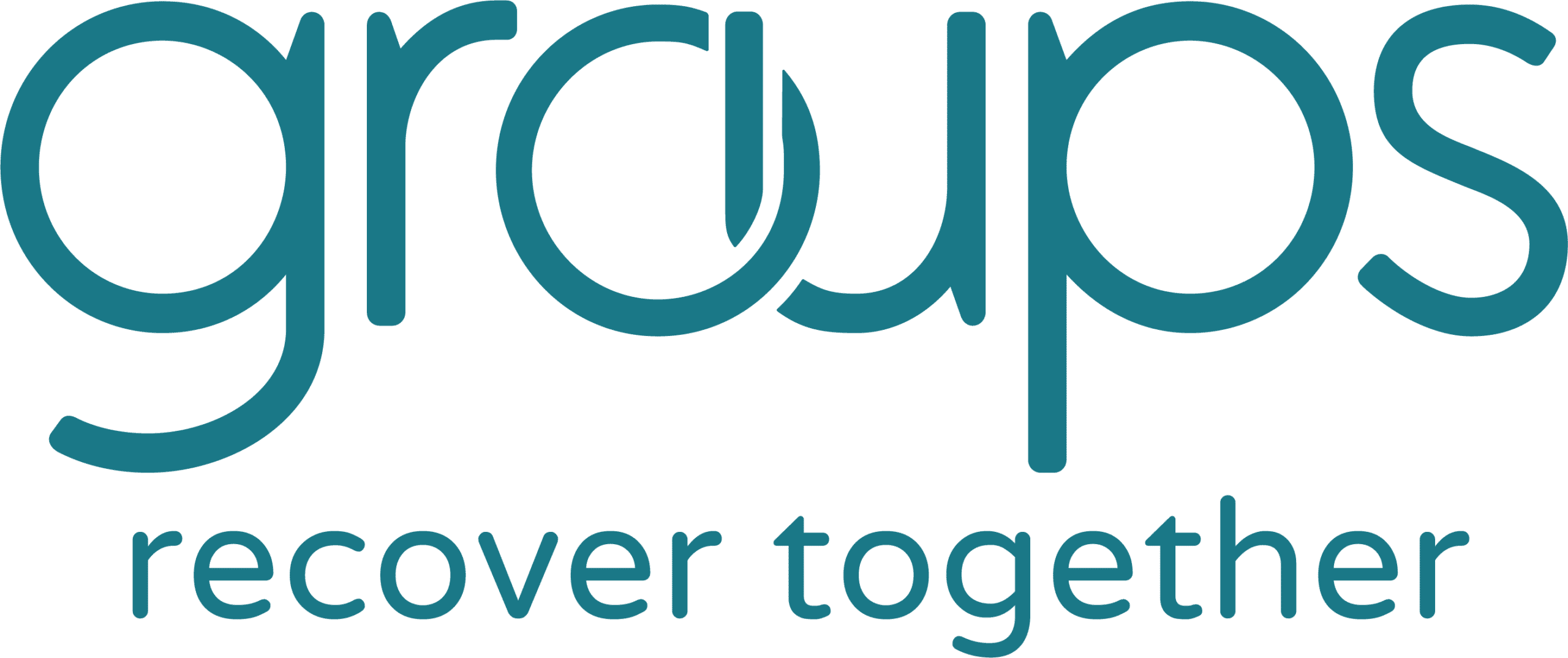Thanksgiving is a really important (and beloved!) holiday for many of us. It’s a big day for family, friends, food, and festivities. But it can also be a stressful time.
Whether you’re new to sobriety, or coming back to recovery, there can be some anxiety leading up to holiday gatherings. We may feel pressure to act a certain way around our family — or like we’re under a magnifying glass. Thanksgiving can be painful and even triggering for those of us who can’t or don’t feel comfortable going home. And for those of us who don’t observe the holiday, it may feel isolating.
Whatever your relationship with Thanksgiving is, here are 5 things you can do and keep in mind to take care of yourself.
1. Set your boundaries.
Setting and maintaining clear boundaries is important in recovery. During high-stress holidays like Thanksgiving, knowing your boundaries can help you prevent negative thoughts and behaviors. Negative thoughts and behaviors can trigger cravings and substance use.
It’s good to set clear boundaries for:
- The conversations you won’t engage in
- How much time you’re comfortable spending with people
- How much money you’re going to spend
- What activities you don’t want to be around
Maintaining your boundaries can feel uncomfortable, but it’s key for meeting your recovery goals. This isn’t about being rude or hurting other people — it’s about prioritizing your health and well-being.
Share your Thanksgiving boundaries with your Groups counselor, group members, or trusted friends in recovery. Talking about them can help reinforce them.
2. Find a relaxation space.
Once you arrive at your Thanksgiving festivities, see if there’s a space where you can get away, find privacy, and ground yourself.
Your decompression space could be a bathroom, a front or back porch, or a quick walk outside. Basically, somewhere you can relax when you feel stressed. Use the space to self-soothe or meditate. (Check out our Holiday Recovery Guide for ideas.)
3. Drink thoughtfully.
Drinking a lot of alcohol can make it harder to make decisions in line with our goals. If you know that drinking can lead to cravings or substances for you, here’s what you can do to avoid it:
- Bring your own non-alcoholic drinks. Not every Thanksgiving meal or party will have them available. Keep one in your hands at all times so people don’t try to bring you fresh drinks.
- Remember that Suboxone and alcohol don’t mix. Drinking alcohol while on Suboxone can lead to nausea, vomiting, constipation, headaches, blurred vision, dizziness, fainting, sweating, heart palpitations, blood pressure changes, decreased coordination, poor response times, and impaired thinking. It’s important not to drink while on Suboxone.
4. Recognize a craving.
Thanksgiving and other family holidays can trigger cravings. High stress levels and little time to decompress can make it hard to manage cravings.
The signs of cravings can feel different for everyone, but knowing what they might feel like can be helpful. When you feel these signs, find your relaxation space or reach out to a trusted friend in recovery. (Trusted friends include your group members!)
Physical signs of cravings include:
- Chest tightness
- Heart racing
- Stomach uneasiness
- Jaw tightness
- Neck stiffness
- Shoulder stiffness
- “Phantom” smells and tastes
- Restless legs Itchiness
Emotional signs of cravings include:
- Anxiety
- Excitement
- Anticipation
- Irritability
- Frustration
- Depression
5. Groups is here whenever you need us.
If your Thanksgiving doesn’t include other people in recovery, know that calling Groups is always an option. Whether you’re a current or past Groups member, our Recovery Support Specialists are available to chat 365 days a year.
Call Groups 24/7 to get you through cravings or simply talk about what you’re feeling. You’re never alone in this.
New to Groups? Learn about what we offer and how we can help people with opioid use disorder through and beyond the holidays.




